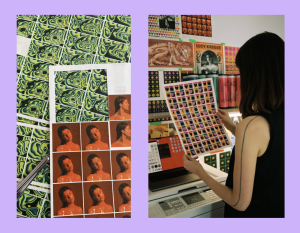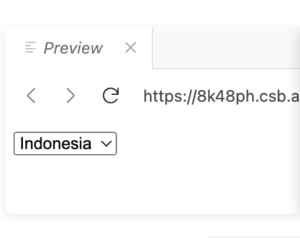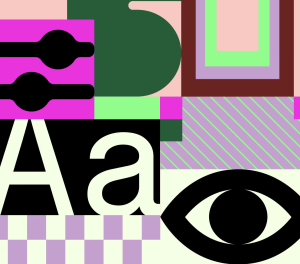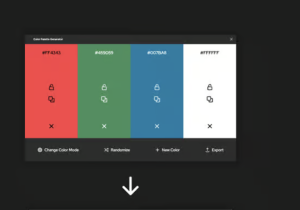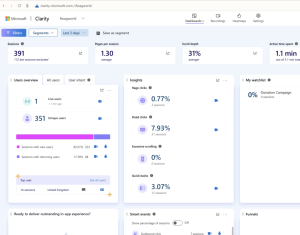Design Bridge and Partners unveil the first national railway timepiece in over 50 years
Commissioned by Network Rail to coincide with the railway’s 200th anniversary in 2025, the project aimed to create a standardised clock that could unify the passenger experience across the country while celebrating the rich heritage of British rail design. The result is a 1.8-metre physical and digital timepiece that fuses timeless symbolism with modern functionality, and reimagines one of the nation’s most recognisable icons in the process.


